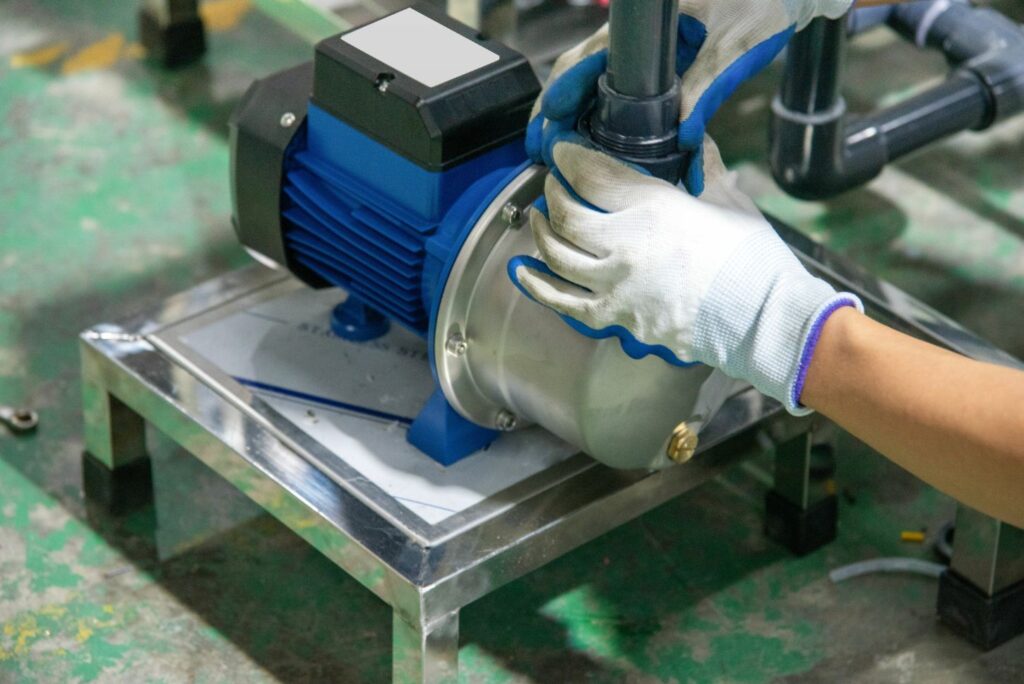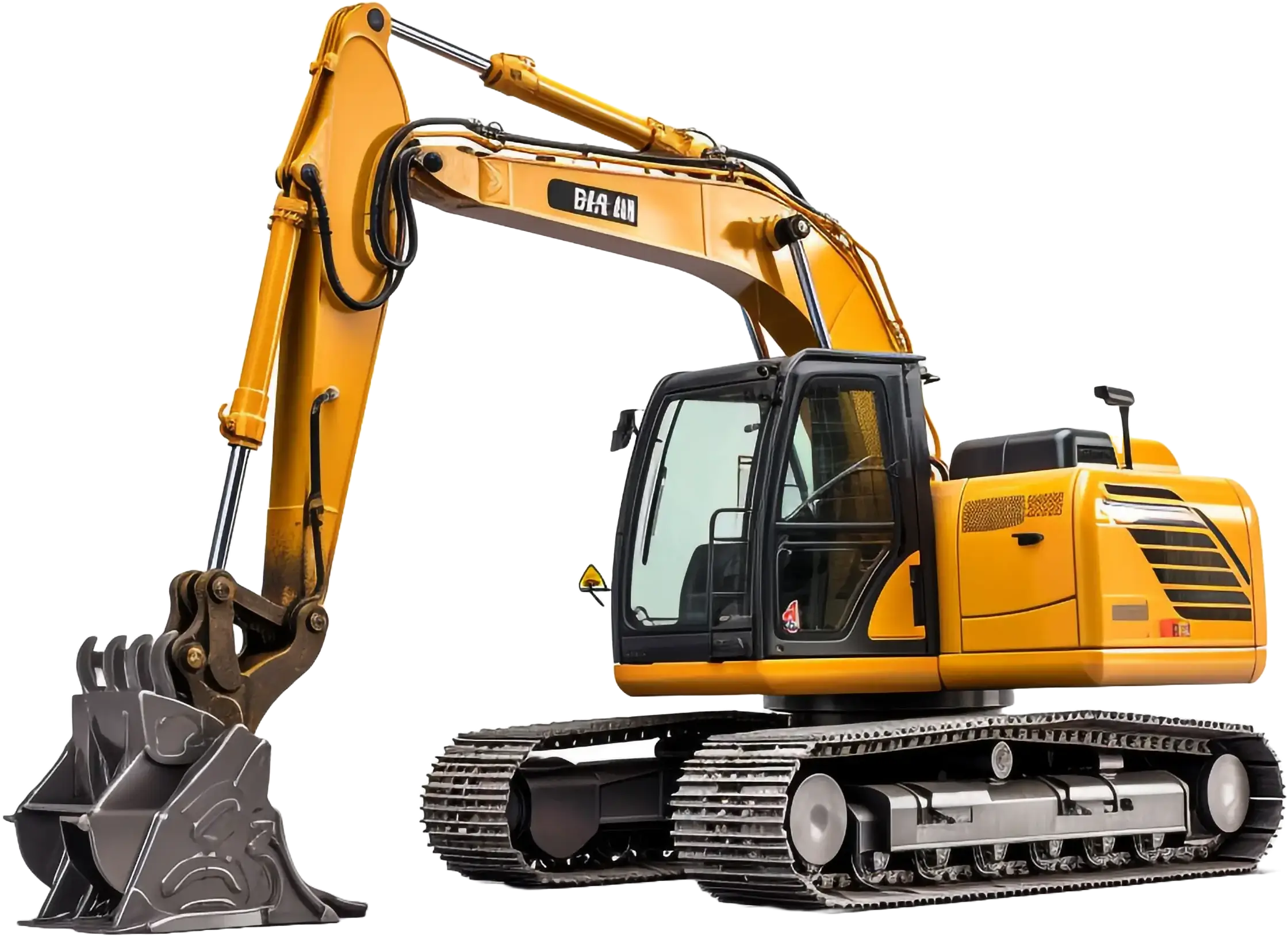Industrial Pump Repair: A Complete Guide to Diagnosing and Fixing Issues
Reliable pumps form the backbone of many industrial operations, ensuring efficient fluid movement, process continuity, and overall productivity. Pumps play critical roles across various sectors, including manufacturing, construction, mining, and wastewater management, making effective maintenance and repair essential. Unfortunately, pumps frequently experience issues such as leaks, reduced flow rates, unusual vibrations, or complete failures, all of which can halt production and drive up operational costs. Prompt and effective industrial pump repair is crucial for minimizing downtime and protecting against substantial financial losses. Common pump types, including centrifugal, hydraulic, and grinder pumps, each present unique challenges and require specialized repair techniques. For instance, hydraulic pump repair is often needed to address high-pressure system malfunctions, seal deterioration, or fluid contamination. Meanwhile, grinder pump repair becomes critical when dealing with blockages or wear caused by abrasive solids. This guide aims to equip industry professionals and technicians with practical steps for accurately diagnosing and fixing pump-related problems. Whether you’re undertaking a general industrial pump repair or specifically tackling a hydraulic pump repair, understanding these procedures will empower you to maintain optimal pump performance and reliability, ensuring consistent industrial efficiency. Understanding Industrial Pump Types Industrial pumps are critical components across numerous industries, including manufacturing, wastewater treatment, and oil and gas. Understanding their various types is essential for proper selection, operation, and, crucially, effective industrial pump repair. This section delves into some of the most common industrial pump categories. Centrifugal Pumps Centrifugal pumps are arguably the most ubiquitous type of industrial pump. They operate by converting rotational kinetic energy into the hydrodynamic energy of the fluid flow. An impeller rotates within a casing, drawing fluid into the impeller’s eye and expelling it radially at high velocity into the pump casing. This design makes them ideal for high flow rates and low to moderate viscosities. Their simplicity and robust design contribute to their widespread use. Common applications include water supply, chemical transfer, and HVAC systems. While generally reliable, wear and tear on impellers, bearings, and seals necessitate regular maintenance and occasional industrial pump repair to ensure optimal performance. Hydraulic Pumps Unlike centrifugal pumps that move fluids, hydraulic pumps are specifically designed to generate hydraulic power by converting mechanical energy into hydraulic energy. They draw fluid from a reservoir and force it into a hydraulic system, creating the pressure necessary to power cylinders, motors, and other actuators. Examples include gear pumps, piston pumps, and vane pumps, each with distinct characteristics regarding efficiency, pressure capability, and flow rate. Due to the high pressures involved, precision is paramount in their operation and maintenance. When issues arise, specialized knowledge is required for hydraulic pump repair. Common problems that necessitate hydraulic pump repair include internal leakage, worn seals, and contaminated fluid, all of which can significantly impact system efficiency and power. Grinder Pumps Grinder pumps are a specialized type of pump designed to handle wastewater containing solids. Unlike conventional sewage pumps, grinder pumps feature a cutting mechanism that grinds up solids, such as rags, plastics, and sanitary products, into a fine slurry before pumping them through small-diameter pipes. This capability makes them invaluable in residential, commercial, and industrial settings where gravity flow is not feasible or where solids are a concern. While highly effective, the grinding mechanism and the harsh environment they operate make them susceptible to wear. When a grinder pump malfunctions, grinder pump repair typically involves addressing clogs, wear on the cutter blade, or motor issues. Regular inspection and timely grinder pump repair are crucial to prevent sewage backups and maintain system integrity. Positive Displacement Pumps Positive displacement pumps operate by trapping a fixed volume of fluid and then forcing that volume into the discharge pipe. Unlike centrifugal pumps, their flow rate is relatively constant regardless of system pressure, making them suitable for applications requiring precise dosing or high pressures. This category encompasses a wide variety of designs, including rotary lobe pumps, progressive cavity pumps, screw pumps, and diaphragm pumps. Each type excels in specific applications, from highly viscous fluids to abrasive slurries. Due to their precise nature and often complex internal mechanisms, industrial pump repair for positive displacement pumps can be intricate, focusing on wear plates, rotors, stators, and diaphragms to maintain their volumetric efficiency. Common Industrial Pump Problems and Their Causes Industrial pumps are the workhorses of numerous operations, but like any mechanical system, they are susceptible to a range of problems that can compromise performance and result in costly downtime. Understanding these common issues and their root causes is the first step toward effective industrial pump repair. Leaks and Seal Failures One of the most visible and frequent problems in industrial pumps is leakage, often stemming from seal failures. Seals, whether mechanical seals or packing, are designed to prevent fluid from escaping the pump casing. Causes for seal failure include improper installation, wear due to abrasive fluids, shaft misalignment, excessive vibration, or operating the pump outside its design parameters (e.g., extreme temperatures or pressures). Timely industrial pump repair for leaks is crucial, as even minor leaks can lead to significant product loss, environmental contamination, and accelerated wear on other pump components due to loss of lubrication. Cavitation Issues Cavitation is a destructive phenomenon caused by the formation and collapse of vapor bubbles within the pump. This typically occurs when the net positive suction head available (NPSHa) is lower than the net positive suction head required (NPSHr) by the pump. The collapsing bubbles create shockwaves that erode the impeller and casing, leading to pitting, reduced efficiency, excessive noise, and vibration. Addressing cavitation often involves adjusting suction conditions, checking for clogged suction lines, or, in severe cases, requiring industrial pump repair to replace damaged components. Vibration and Noise Excessive vibration and noise are tell-tale signs of underlying pump problems. These can be caused by a multitude of factors, including misalignment between the pump and motor, worn bearings, unbalanced impellers, cavitation, bent shafts, or loose mounting bolts. While some vibration is normal, unusual levels can indicate impending failure and necessitate immediate attention. Proper alignment and balancing are critical preventive
Industrial Pump Repair: A Complete Guide to Diagnosing and Fixing Issues Read More »



